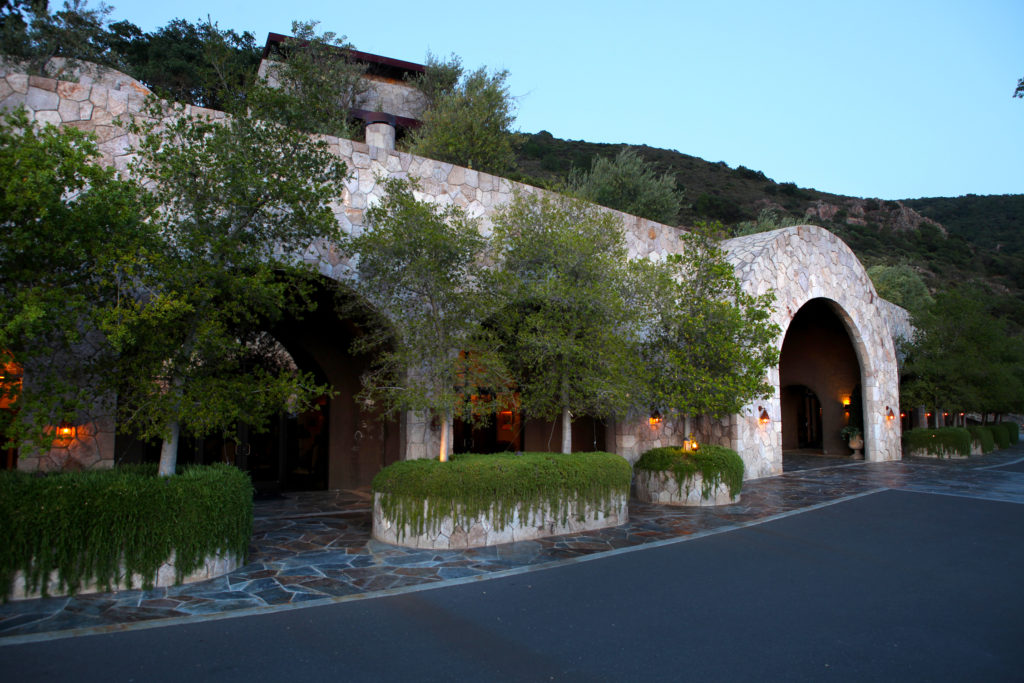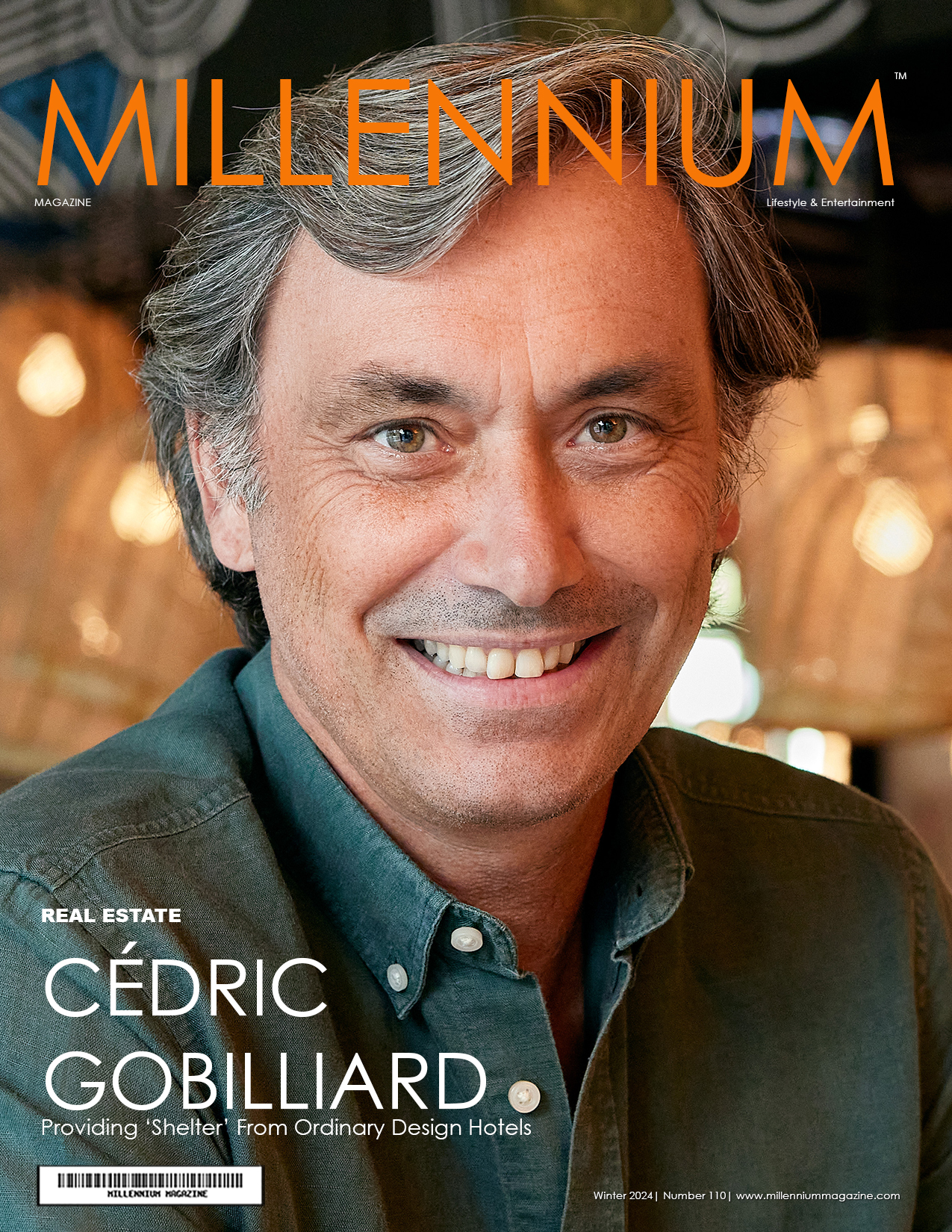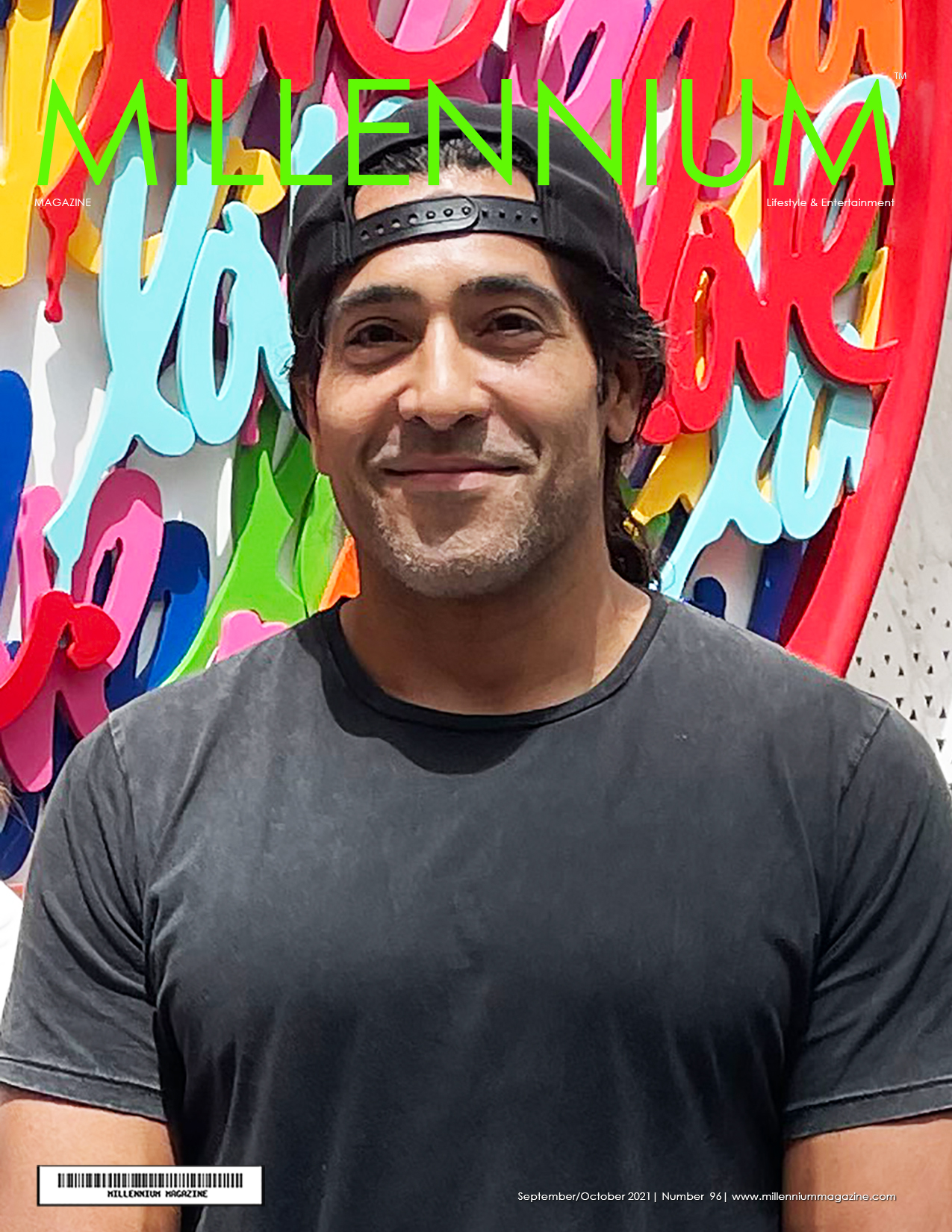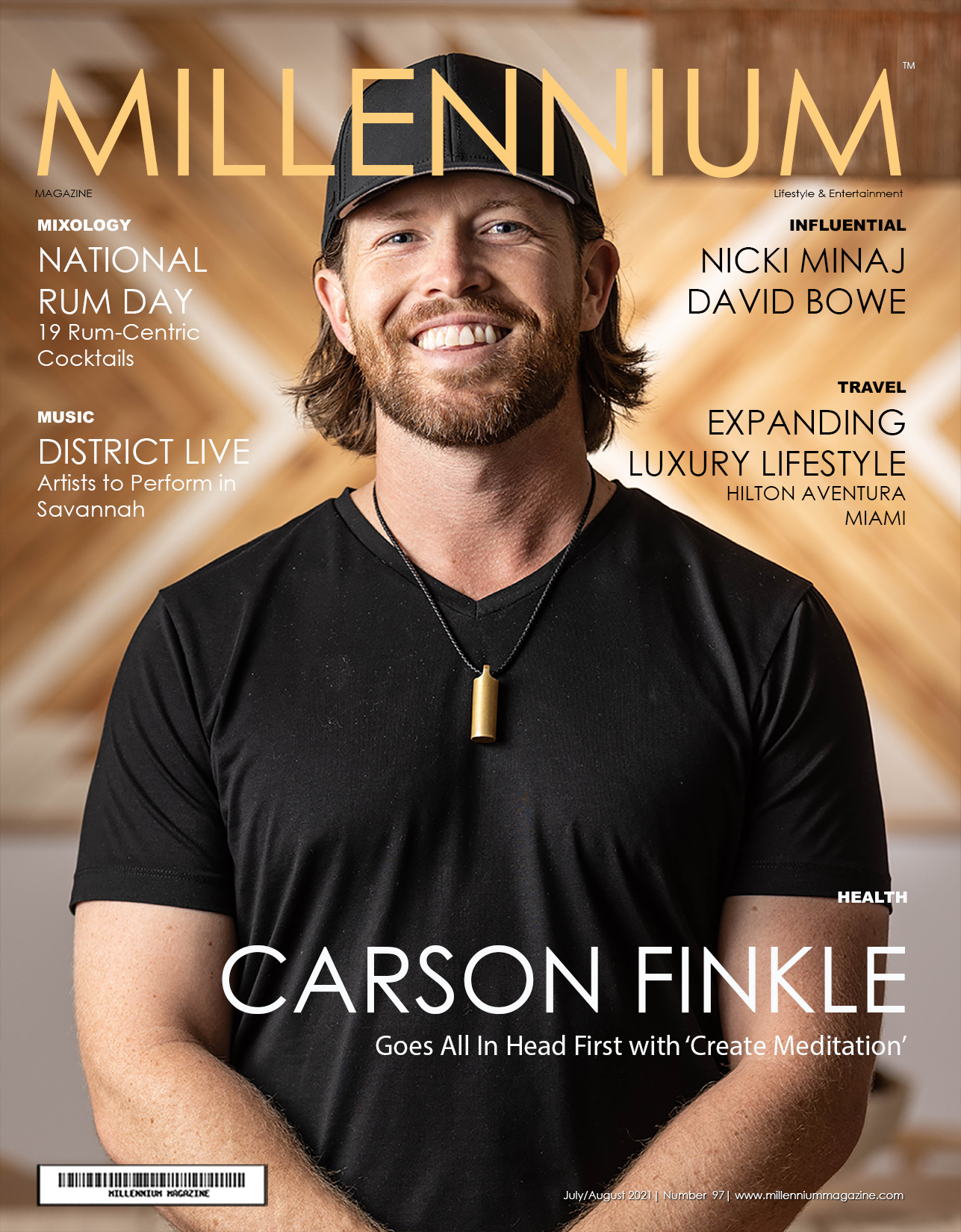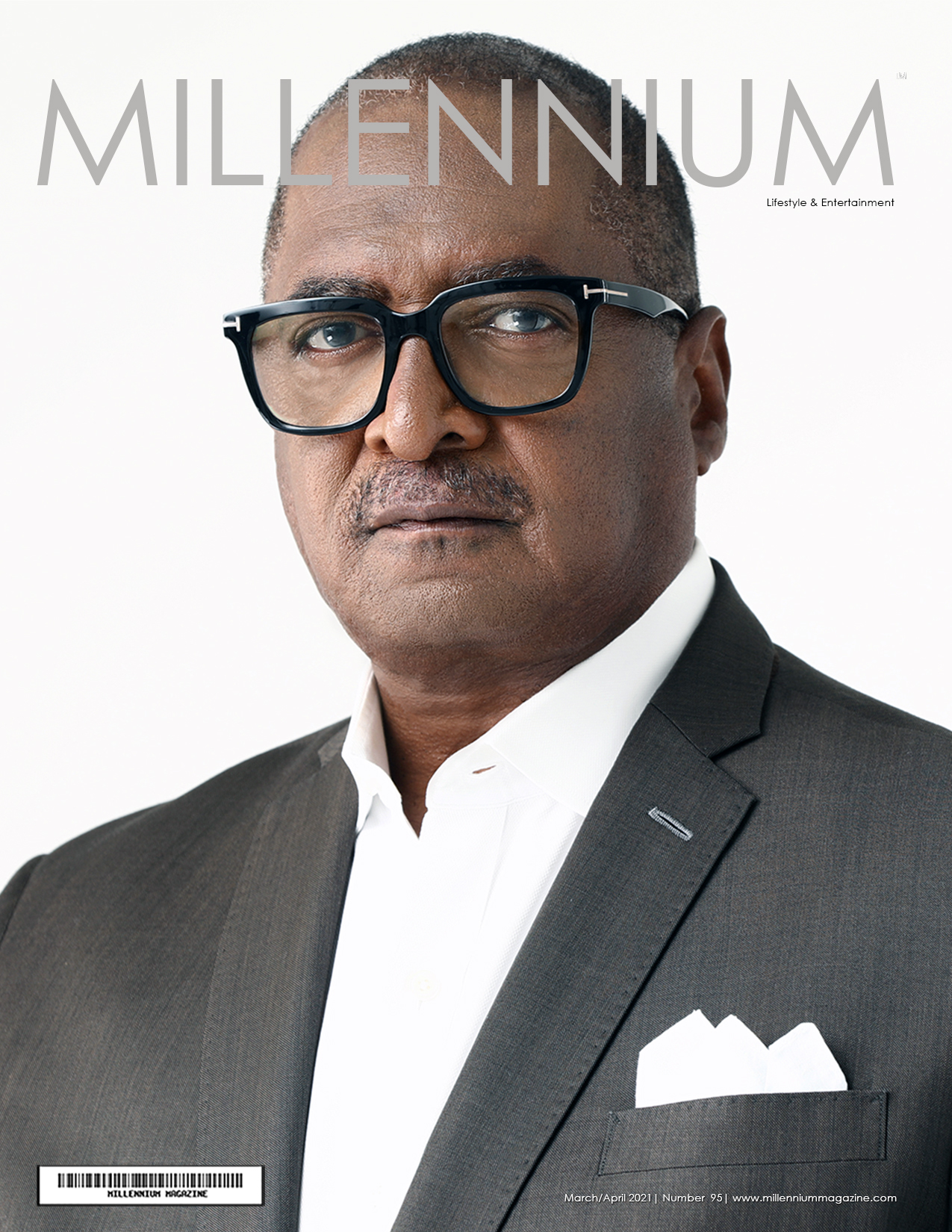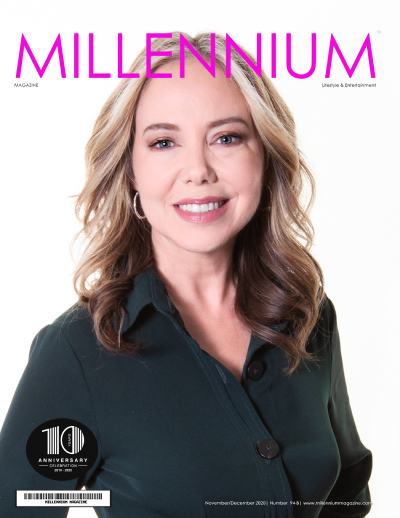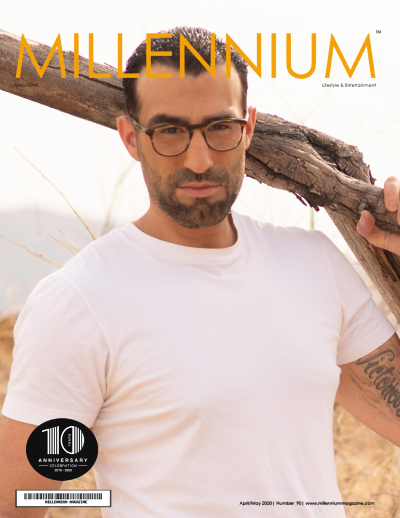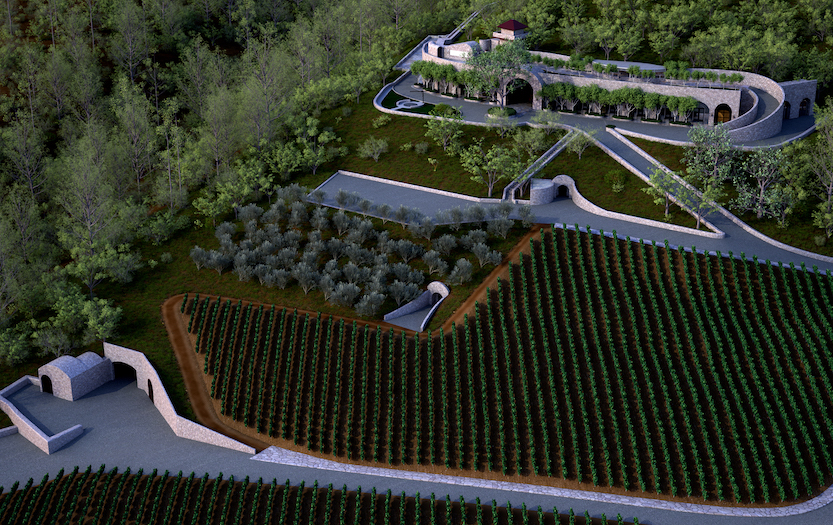
Napa is one of America’s most celebrated weekend escapes. And what’s there not to love? California’s premier wine growing region has going for it year-round spring-like weather, first-class dining, and an appealing assortment of familiar (Bonjour, Domain Ste. Michelle-Check) and emerging wineries. Some observe that Napa Valley has had more tourists populate its fields than Disneyland at certain times. This scenario may not be a true connoisseur’s cup of tea, in a matter of speaking.
An easy solution to the crowd issue for the consummate and serious wine lover is to take the road—or wine trail– less traveled. That mindset worked for Julio and Amalia Palmaz, who hailed from Argentina and resided in San Antonio, Texas for many years. As regular visitors to Napa, they loved the idea of winemaking so much they decided to relocate in the 1990s. Ultimately, they found and purchased late 19thcentury winery estate in Coombsville (located in the southern end of the Napa Valley) with an auspicious history as the original Cedar Knoll Vineyards. It was an auspicious investment, as the original owner, Henry Hagen made American wine history by winning a silver medal for his Napa-made brandy in 1889 nearly a century before the “Judgment of Paris” debunked the notion French wine industry dominance and put California wines on the map.
While the property that is now Palmaz Vineyards (palmazvineyards.com) expands out to 600 picturesque acres of land draped over Mount George a mere ten minutes from downtown Napa, only 60 acres were suited for the cultivation of grapes (particularly Cabernet Sauvignon, with some plots of Malbec—the signature grape of their native Argentina—Chardonnay, Riesling, and Muscat). However, Julio and Amalia embraced the challenge of building a new winery from the ground up—and then some—with many of the winemaking facilities getting built into the mountain.
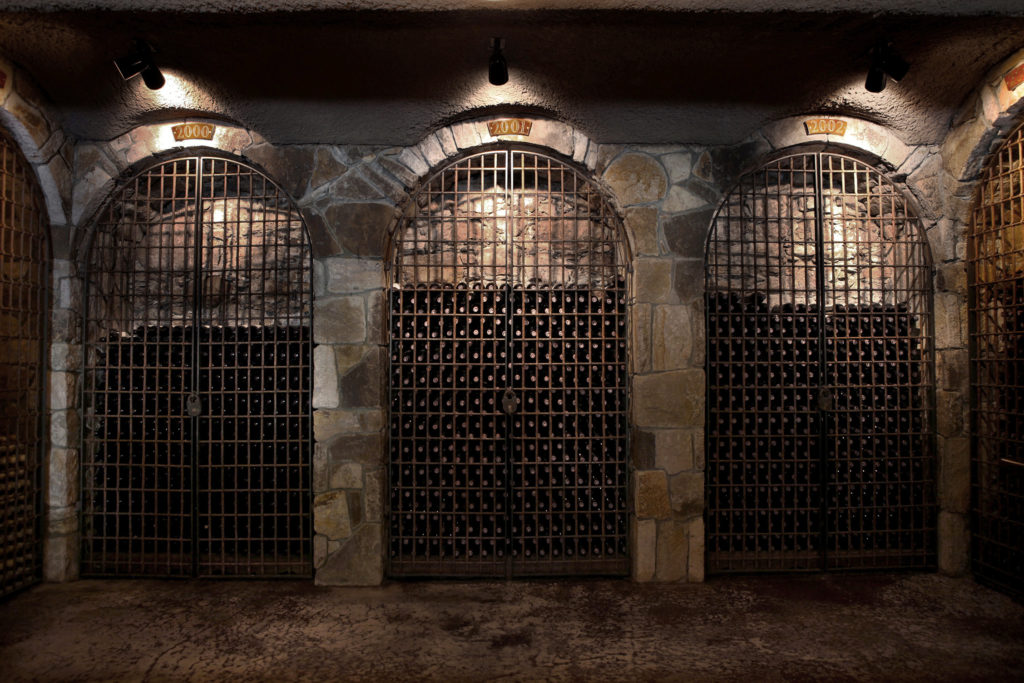
“Our 60 acres are parceled into 24 growing areas assigned to different varietals,” details winery president Jessica Palmaz as we tour the facilities 18 stories below the Earth. “Each parcel is harvested individually, and those batches are sorted, de-stemmed and processed by hand. The grapes fall into a hole in the floor and sent to the fermenting barrels to ferment. The fruits are on a carousel track that rotates as each fermenting tank is filled.”
Although Julio and Amalia did not initially go into the wine business with the intention of drilling a cave into the mountainside of the property, according to Jessica, the geology of the property turned out to be a fortunate feature that provides the winery the advantage of gravity flow. While the cultivation end of the process is done by mostly hand, gravity adds an extra dimension of thoroughness to the overall production, from harvest to bottling.
“The facility was literally designed from the inside out by my husband and me, assisted by a team of brilliant engineers, (led by) Gram Wozencroft who directed the geoengineering,” adds Amalia. “As for the interior designer, we did not hire one. The winery’s furniture and art is admittedly a smattering of family heirlooms and homes from previous chapters in our life. I personally love both antiques and modern furniture so I chose to use both styles in different areas of the winery. It really feels like home walking throughout the winery as I will remember a piece that was my mother’s in Argentina or painting my sister made for me. It’s all very close to home and makes for fun stories.”
The flow between the old and the new sections of the winery is seamless, as Amalia carefully planned how she would arrange historic pieces and personal keepsakes to avoid a stark difference between the original Hagen Estate and Palmaz. There is also environmental repurposing on a grand scale for the exteriors, inspired by the hand formed stonework used in the old buildings. Thanks to an abundance of stone from the material blasted from the construction of the caves, there is continuity from the old buildings architecturally to the newer structures.
There was also an understanding among all members of the Palmaz family—which includes daughter Florencia, son Christian, daughter-in-law Jessica and, by extension, head winemaker Tina Mitchell, son and assistant winemaker Doug Mitchell, and consulting winemaker Mia Klein—that even if the scale of production was small and carefully planned (given the area‘s geological idiosyncrasies), the processes would be collaborative and the resulting wines would be greater than the sum of its parts.
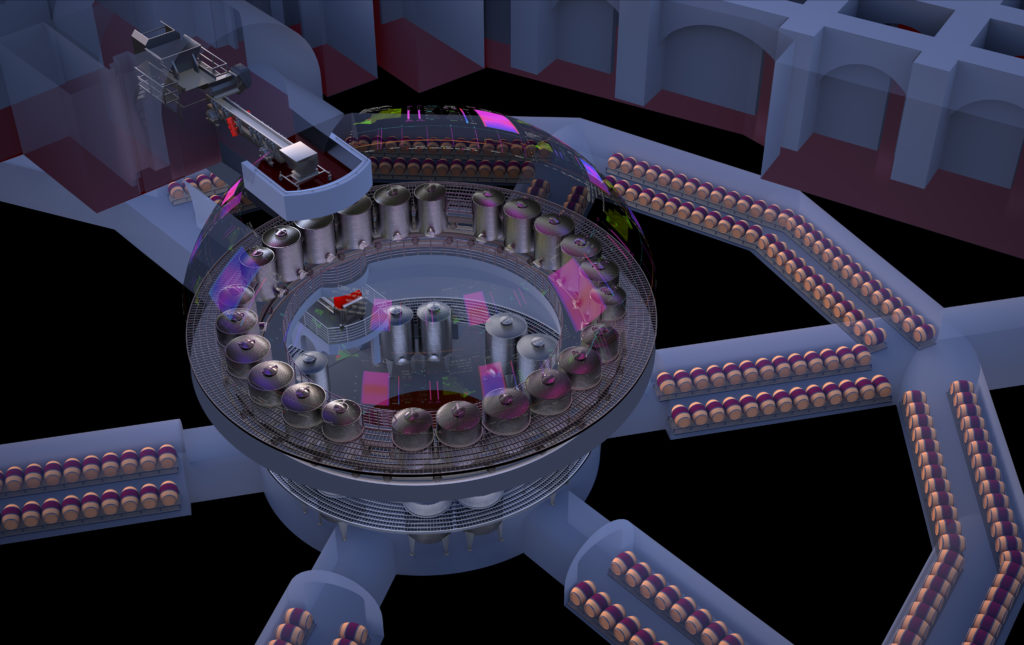
”We work lockstep with each other on every detail,” explains Christian, the winery CEO who introduced the highly sophisticated Geographical Information Systems (GIS) in the vineyard to provide the winemaking team a better understanding of each unique terroir on the property.
“While not all of us have the skill to do blending, we all contribute to the process. I focus on the physical and scientific side of winemaking, while my wife has the whole marketing thing down. Florencia and my mother are the gifted ones in the family with the blending of the wines, sitting with Mia and Tina on most blending sessions assisting in the direction of the final products.”
After Jessica directs me toward various points of interest within the winery, we enter a chamber that looks a lot like a hybrid of a planetarium and a set from Star Trek. This is my formal introduction of FILCS (“Felix”), the mothership of the whole operation, developed by Christian and recognized as a major technical breakthrough in winemaking which pushes the craft forward while helping the winemakers retain important older traditions.
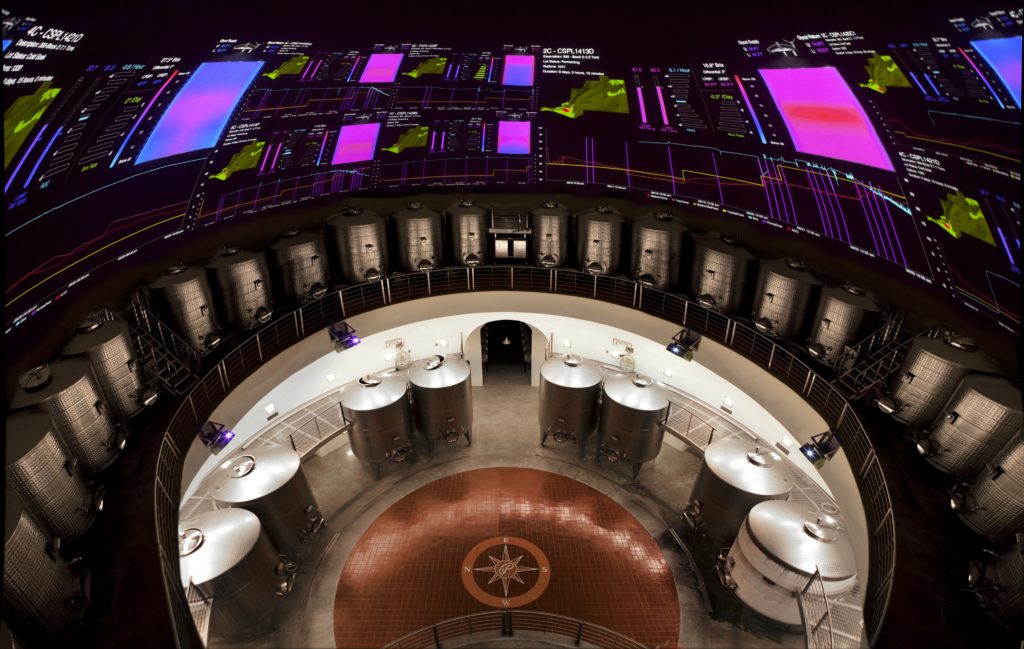
“Fermentation is a critical time for a wine’s development, and all characteristics developed during fermentation are the result of the creative direction of the winemaker,” says Christian. “The facility’s 18-story design allows us to move wine gently during fermentation by gravity minimizing agitation and preserving the delicate molecular structure developed in the wine. Its height also allows us to filter and bottle the wine without compromise of pumps, giving us a unique ‘gravity finished’ capability.”
Tours of Palmaz are by appointment only, enabling visitors to enjoy a customized tour of the entire winemaking process followed by a seated tasting with Palmaz’s flagship wines paired with small hors-d’oeuvres with seasonal recipes from cookbooks available for sale at the vineyard. While a two-hour experience runs $100 per adult, the tour is open to children for $50 each, which includes their own special tasting of alcohol-free varietal grape juices with the hand-crafted nibbles. Several beautifully decorated tasting rooms can accommodate parties of up to 10 or 12 for events like milestone anniversaries and birthday gatherings.
According to Jessica, another advantage to Palmaz is its proximity to downtown Napa. Her favorite must-try restaurants (some which have their family member-named wines on their wine lists) include Miminashi, Oenotri, Torc, and Ad Hoc. She recommendsNapa’s Oxbow Public Market, Gott’s Roadside, and The Charter for more casual dining.
